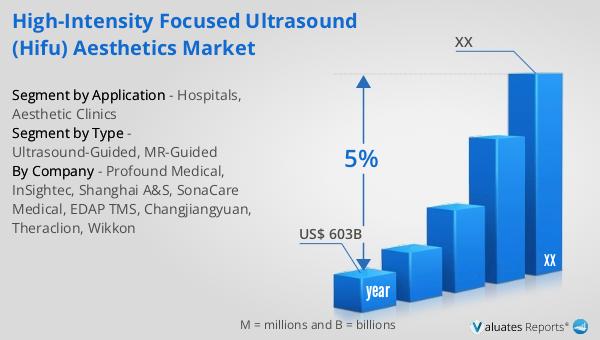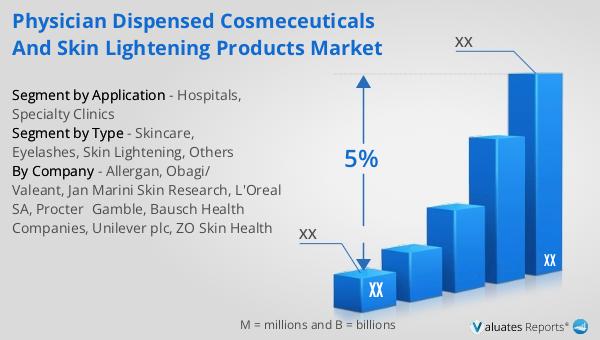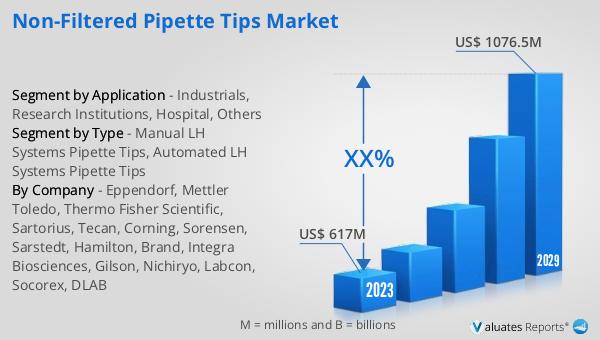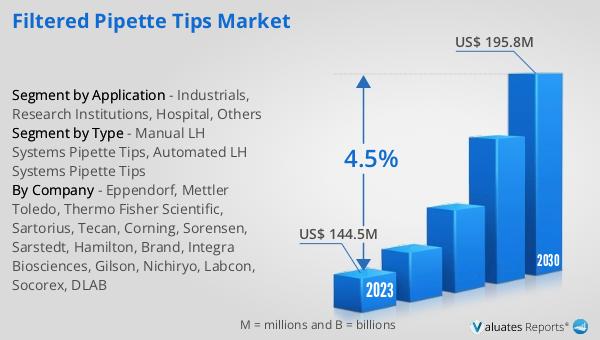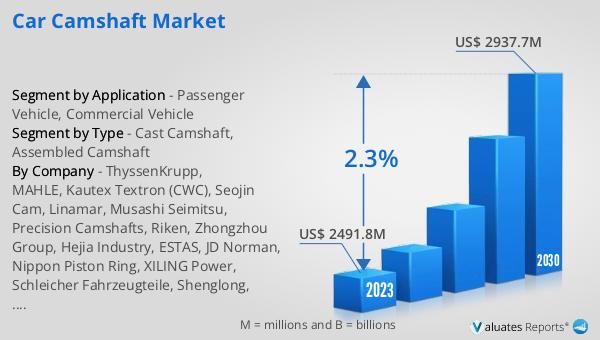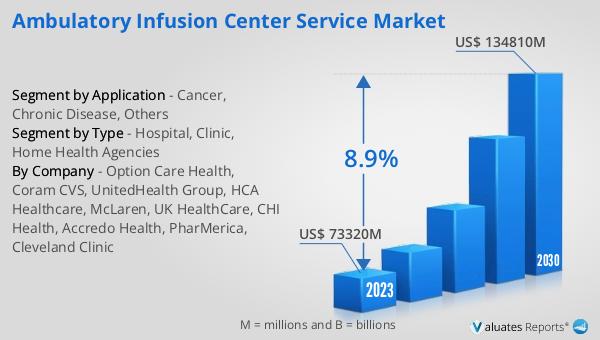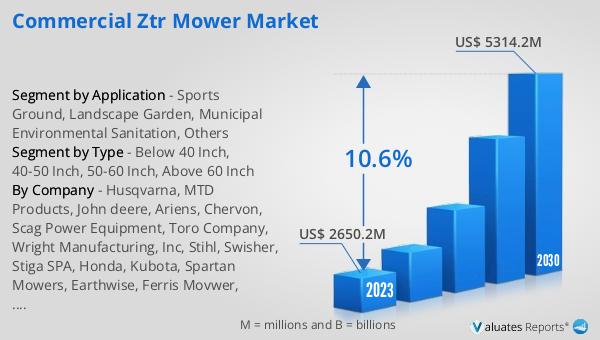What is Global Injectable Dermal Fillers Market?
The Global Injectable Dermal Fillers Market refers to the worldwide industry focused on the production, distribution, and application of injectable substances used to enhance facial aesthetics. These fillers are primarily used to reduce wrinkles, fine lines, and other signs of aging by adding volume and fullness to the skin. The market encompasses a variety of products, including hyaluronic acid fillers, collagen fillers, and synthetic fillers, each designed to address specific cosmetic concerns. The demand for injectable dermal fillers has been driven by the growing desire for minimally invasive cosmetic procedures, which offer quicker recovery times and fewer risks compared to traditional surgical methods. This market is also influenced by advancements in filler technology, increasing awareness about aesthetic treatments, and the rising disposable income of consumers willing to invest in their appearance. The global reach of this market means that it caters to a diverse range of demographics, with varying preferences and regulatory environments across different regions.
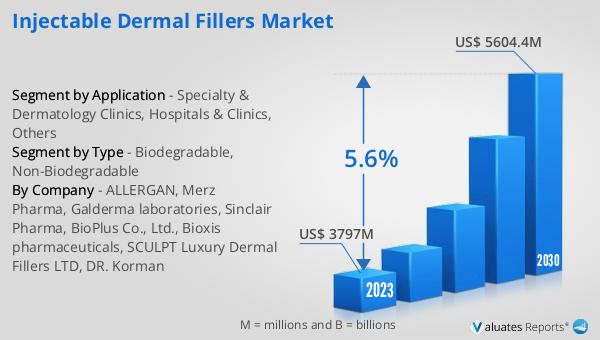
Biodegradable, Non-Biodegradable in the Global Injectable Dermal Fillers Market:
In the Global Injectable Dermal Fillers Market, products are broadly categorized into biodegradable and non-biodegradable fillers. Biodegradable fillers are made from substances that can be naturally broken down and absorbed by the body over time. Common examples include hyaluronic acid, collagen, and calcium hydroxylapatite. Hyaluronic acid fillers are particularly popular due to their ability to retain moisture and provide a natural-looking volume. These fillers typically last between six months to two years, depending on the specific product and area of injection. Collagen fillers, once the gold standard, have seen a decline in use with the advent of more advanced hyaluronic acid-based products. Calcium hydroxylapatite, another biodegradable option, is known for its longevity and ability to stimulate natural collagen production. On the other hand, non-biodegradable fillers are made from synthetic materials that are not absorbed by the body. These include polymethyl methacrylate (PMMA) and polyalkylimide. PMMA fillers provide a permanent solution as they remain under the skin indefinitely, making them suitable for deep wrinkles and facial contouring. However, their permanence can be a double-edged sword, as any complications or dissatisfaction with the results are harder to rectify. Polyalkylimide is another non-biodegradable filler that offers a semi-permanent solution, often used for deeper wrinkles and facial volume loss. The choice between biodegradable and non-biodegradable fillers depends on various factors, including the desired duration of effect, the area being treated, and patient preference. Biodegradable fillers are generally preferred for their safety profile and temporary nature, allowing for adjustments over time. Non-biodegradable fillers, while offering longer-lasting results, come with a higher risk of complications and require a more cautious approach. The market dynamics for these fillers are influenced by ongoing research and development, regulatory approvals, and consumer trends. As technology advances, new formulations and techniques continue to emerge, offering improved safety, efficacy, and patient satisfaction. The global market for injectable dermal fillers is thus a complex and evolving landscape, driven by innovation and the ever-changing demands of consumers seeking to enhance their appearance.
Specialty & Dermatology Clinics, Hospitals & Clinics, Others in the Global Injectable Dermal Fillers Market:
The usage of injectable dermal fillers in specialty and dermatology clinics, hospitals and clinics, and other settings varies based on the specific needs and expertise available in each environment. Specialty and dermatology clinics are often at the forefront of offering injectable dermal fillers due to their specialized focus on skin health and aesthetics. These clinics typically employ dermatologists and cosmetic surgeons who are highly trained in the latest techniques and products. Patients seeking treatments in these settings benefit from the expertise and personalized care provided by specialists who can tailor treatments to individual needs. The environment in specialty and dermatology clinics is usually designed to offer a comfortable and private experience, enhancing patient satisfaction. Hospitals and clinics, on the other hand, provide a broader range of medical services, including injectable dermal fillers as part of their cosmetic and reconstructive surgery departments. These settings may cater to patients who require more comprehensive care, such as those undergoing reconstructive procedures following trauma or surgery. The availability of a multidisciplinary team in hospitals ensures that patients receive holistic care, addressing both aesthetic and medical concerns. Additionally, hospitals often have access to advanced medical equipment and facilities, which can enhance the safety and effectiveness of injectable filler treatments. Other settings where injectable dermal fillers are used include medical spas, beauty salons, and private practices. Medical spas combine medical treatments with a spa-like experience, offering injectable fillers as part of a range of aesthetic services. These settings appeal to patients looking for a more relaxed and luxurious environment. Beauty salons and private practices may also offer injectable fillers, although the level of expertise and safety protocols can vary widely. It is essential for patients to ensure that practitioners in these settings are properly trained and certified to perform injectable treatments. The choice of setting for injectable dermal filler treatments depends on various factors, including the complexity of the procedure, the level of expertise required, and patient preferences. Specialty and dermatology clinics are ideal for patients seeking specialized care and advanced treatments, while hospitals provide comprehensive medical support for more complex cases. Medical spas and beauty salons offer a more relaxed and luxurious experience, appealing to those looking for a combination of aesthetic and wellness services. Regardless of the setting, the growing popularity of injectable dermal fillers reflects the increasing demand for minimally invasive cosmetic procedures that offer quick results with minimal downtime.
Global Injectable Dermal Fillers Market Outlook:
The global market for injectable dermal fillers was valued at approximately $3.797 billion in 2023 and is projected to grow to around $5.604 billion by 2030, reflecting a compound annual growth rate (CAGR) of 5.6% during the forecast period from 2024 to 2030. This market growth is driven by various factors, including advancements in filler technology, increasing consumer awareness about aesthetic treatments, and the rising disposable income of individuals willing to invest in their appearance. The market is highly competitive, with the top five manufacturers accounting for about 65% of the total market share. These leading companies are continuously innovating and expanding their product portfolios to meet the diverse needs of consumers across different regions. The global reach of the injectable dermal fillers market means that it caters to a wide range of demographics, each with unique preferences and regulatory environments. As the demand for minimally invasive cosmetic procedures continues to rise, the market for injectable dermal fillers is expected to witness sustained growth, driven by ongoing research and development, regulatory approvals, and evolving consumer trends.
| Report Metric | Details |
| Report Name | Injectable Dermal Fillers Market |
| Accounted market size in 2023 | US$ 3797 million |
| Forecasted market size in 2030 | US$ 5604.4 million |
| CAGR | 5.6% |
| Base Year | 2023 |
| Forecasted years | 2024 - 2030 |
| Segment by Type |
|
| Segment by Application |
|
| Consumption by Region |
|
| By Company | ALLERGAN, Merz Pharma, Galderma laboratories, Sinclair Pharma, BioPlus Co., Ltd., Bioxis pharmaceuticals, SCULPT Luxury Dermal Fillers LTD, DR. Korman |
| Forecast units | USD million in value |
| Report coverage | Revenue and volume forecast, company share, competitive landscape, growth factors and trends |
